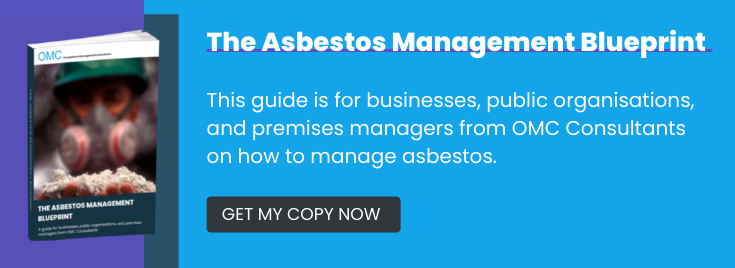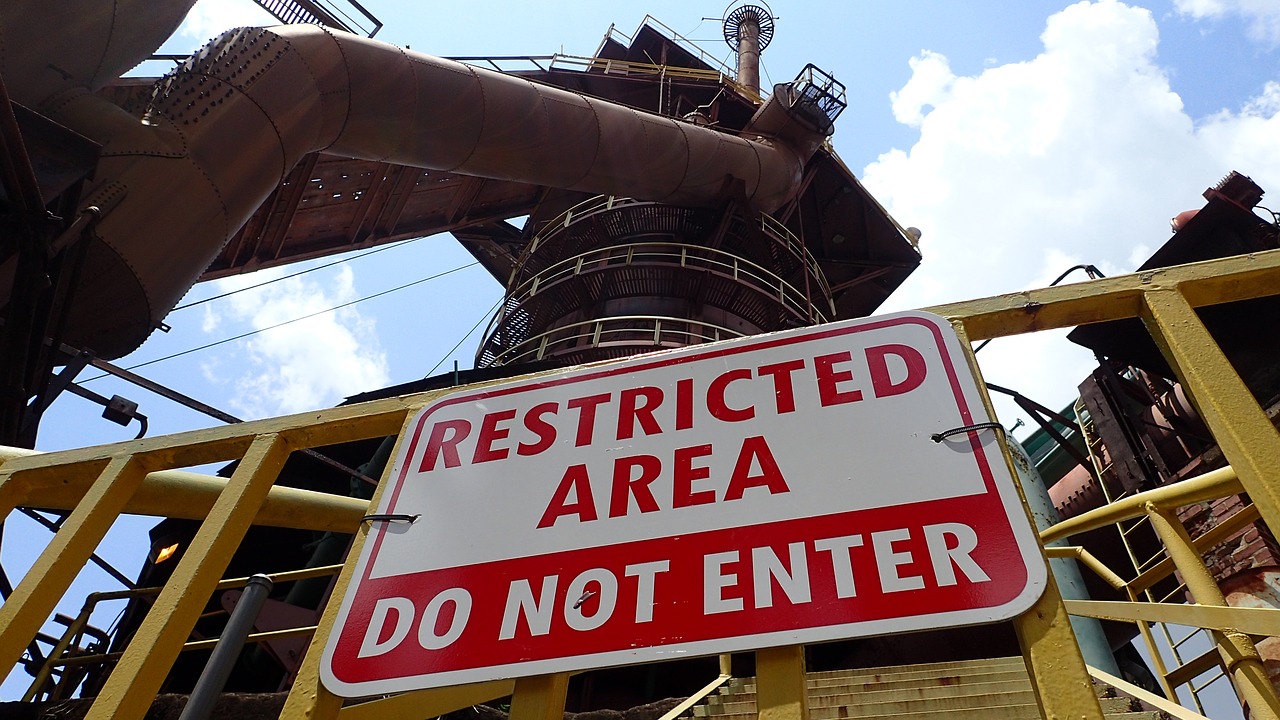If asbestos is found or presumed to be present in a non-domestic property, it is the legal responsibility (Regulation 4 of CAR 2012) of the property owner or Asbestos Duty Holder to safely manage the risk from Asbestos.
The first step is to identify what type of asbestos is present. While there are six different varieties of asbestos with different types of risks, it is important to remember that asbestos can be included in thousands of different kinds of products, such as Asbestolux, Galbestos, Sprayed Limpet, Stucco ceilings, Metalbestos, and many more.
Types of asbestos include amosite, which carries the highest cancer risk, and crocidolite, which is even more dangerous as it is more likely to break down and carry a higher risk of exposure.
Managing Asbestos Containing Materials
Where Asbestos Containing Materials (ACM’s) are managed correctly, the risk of exposure is low. However, the risk becomes much higher in materials that are less bonded, such as spray coating or lagging, as these are more likely to produce higher levels of airborne fibres if disturbed, as opposed to well-bonded materials, such as asbestos cement.
As well as lung cancer, asbestos can cause pleural mesothelioma and asbestosis, which is incurable. Inadvertent exposure causing health problems has been prevalent from the 1960s onwards. Today, CAR 2012 regulations mean employers are more aware and able to take steps to proactively manage asbestos to reduce and remove such risks.
What To Do If You Discover Asbestos Or ACMs On Your Premises
When asbestos is found, there are many aspects to consider. Treatment will depend on the type of asbestos, as well as its location, quantity, condition and risk of fibre release. Planned future works in the area will also help decide whether the asbestos should be managed, encapsulated, or removed completely.
Any construction, refurbishment, or demolition work in the area must stop immediately if asbestos is found or disturbed, and the affected areas must be completely evacuated. The Asbestos Duty Holder should be informed immediately, and emergency procedures activated. All companies need to have emergency procedures in place in line with regulation 15 of CAR 2012. The area must be designated a restricted area and only licensed contractors wearing PPE should be allowed to enter.
Anyone with asbestos debris on their clothing must not walk through the workplace but should take the most direct route outside and remove or dampen down clothing. If necessary, ventilation systems should be isolated. Bulk samples may be removed by qualified surveyors, and re-assurance air monitoring carried out in adjacent areas by a UKAS accredited laboratory. In the case of non-licensed asbestos removal operations, normal works can only resume in the area after an independent inspection of the area has proved it is safe and no longer contains exposed asbestos. However, In the case where asbestos works is licensable, following removal operations by a licensed asbestos removal contractor and a certificate of re-occupation issued by a UKAS accredited laboratory can the area then be re-occupied.
Investigating The Asbestos Risk Level
If asbestos is present or presumed, you will need to appoint a qualified asbestos surveyor who can investigate the risk and co-ordinate the cleaning, treatment or removal of any ACMs. Once the area is safe, work will begin on identifying the cause of the disturbance and taking steps to ensure the incident is not repeated. This might mean removing all ACM or treating and encapsulating to make the area safe. The asbestos management plan and site map will also need to be updated.
Further guidance on what to do in the case of asbestos disturbance is outlined in the HSE guidance notes HSG 210 and Appendix 5 of HSG 227. In all cases, prevention is preferable to cure and risks can be avoided by thoroughly checking an area before work is due to commence.
Unqualified employees or property owners should never attempt to remove or treat any suspicious material if asbestos is presumed. If you aren’t sure if a material contains asbestos, book a test with a qualified Asbestos Surveyor as soon as possible.
Next Steps
Whether you have confirmed asbestos on your premises and are unsure of how to proceed, or you are interested in conducting a survey to assess the risk level in advance of construction work, Occupational Management Consultants can help. Call us today for a personalised assessment of your needs and a full range of asbestos surveys, removal, and management services.

Image source: Pixabay
